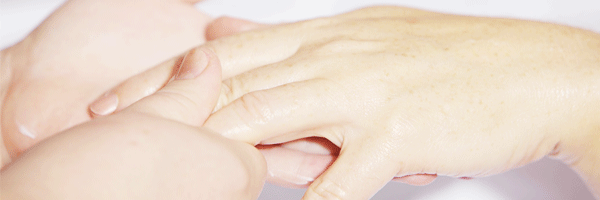Overview of the human skin
Skin performs a range of different functions which include physically protecting your bones, muscles and internal organs. Skin is protecting our body from infectious diseases, allowing us to feel and react to heat and cold and using blood to regulate our body temperature. Our skin consists of layers which include the epidermis, dermis and subcutaneous.
The outer layer of your skin is the epidermis, which is found thickest on the palms of your hands and soles of your feet (around 1.5mm thickness). The subcutis (or hypodermis) is the deepest layer of your skin, as well as storing fat, it also contains blood vessels, hair follicle roots and nerves.
If our skin is severely damaged then automatically it may try to heal by forming scar tissue. Scar tissue is not the same as normal skin tissue, it often appears discolored and lacks sweat glands and hair.
The color of human skin depends on the amount of pigment called melanin that the body produces. Small amounts of melanin result in light skin while large amounts result in dark skin.
Areas that experience repeated friction or pressure can form tough, thick skin known as a callus. Common examples of calluses can be seen on the hands of tennis players.
Lesser-known facts about human skin:
- Regeneration Powerhouse: The human skin renews itself approximately every 28 days. This constant regeneration helps in healing wounds and maintaining a protective barrier against environmental factors.
- Largest Organ: Skin is the body’s largest organ, covering an average of 20 square feet. It accounts for about 16% of your total body weight.
- Varied Thickness: Skin thickness varies across the body. It’s thinnest on the eyelids (about 0.5 mm) and thickest on the soles of the feet (up to 4 mm).
- Unique Fingerprints: Your fingerprints are formed between the 10th and 15th weeks of pregnancy. No two people have the same fingerprints, not even identical twins.
- Microbiome Hub: The skin is home to trillions of microorganisms, forming a complex ecosystem known as the skin microbiome. These microbes play a vital role in protecting against pathogens.
- Sweat Glands: The average human has 2-5 million sweat glands. Interestingly, the soles of your feet have the most sweat glands, while the back has the least.
- Aging Signs: Skin shows the first signs of aging, such as wrinkles and loss of elasticity, primarily due to sun exposure, not just the natural aging process.

